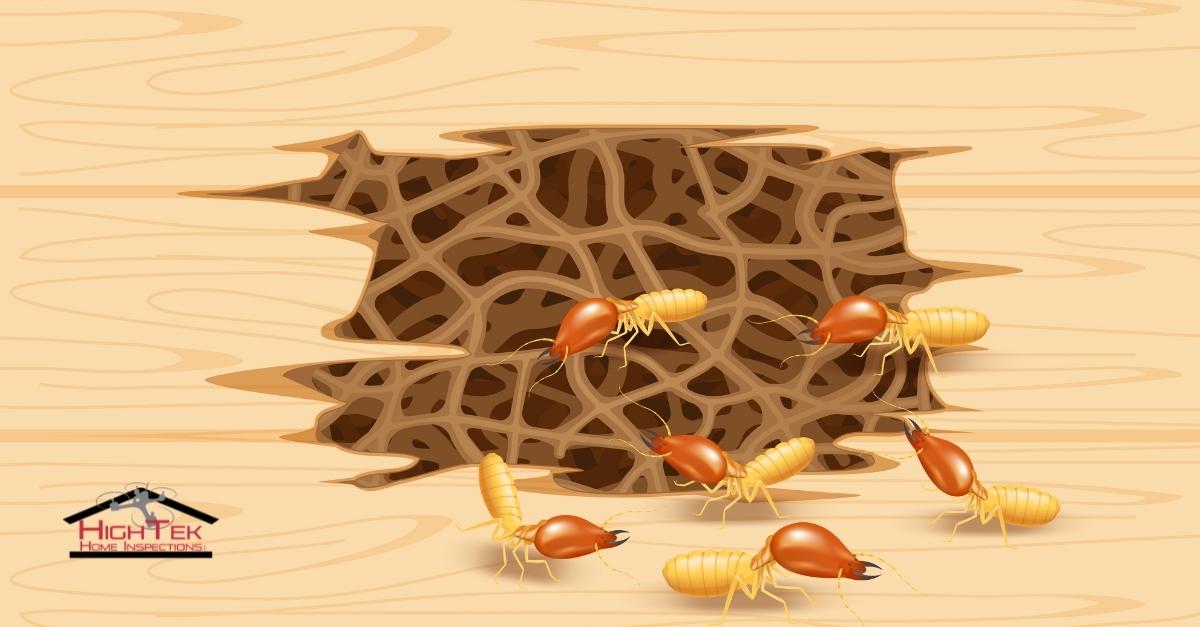Termites are every homeowner’s nightmare. They’re destructive little insects that can quickly cause costly damage to your home if you’re not careful. Here’s what you need to know about termites.
Body Structure
All insects have a segmented three-part body composed of a head, thorax and abdomen. They also have antennae on the head and three pairs of legs on the thorax.
Termites specifically have bodies that range in size from one-quarter inch to more than one-inch long in the case of kings and queens. Their bodies are soft and have long, straight antennae coming out of their heads.
Growth And Development
Termites go through a growth and development cycle that starts as an egg produced by king and queen termites. From there, the egg turns into a nymph, a young termite that develops an inner soft exoskeleton below its outermost hard exoskeleton. It will eventually shed the outer exoskeleton in a process called molting. An older nymph can either become a worker, soldier, or reproductive nymph as part of the colony.
Subterranean Termites
If you have termites in your home, chances are good that they’re subterranean termites. As the name suggests, subterranean termites are known for nesting underground. These termites will make large networks of tunnels in the dirt or wood to try to find food. To survive, they need humidity, otherwise, they’re at risk of drying out.
Sometimes, subterranean termites do come above ground for food, as long as there is still a source of moisture. They’ll build runways for themselves to move through called mud tubes or shelter tubes. If you see one of these tubes, typically on a wooden beam or the foundation, that is a huge clue that there are termites in your home.
Castes In Termite Colonies
Believe it or not, termites are social creatures. They live together in colonies with strictly defined roles for contributing to colony life. Each different group of individuals in the colony is called a caste and they’re distinct in both the way they behave and the way they look. Some castes in the colony are soldiers, reproductive termites (neotenic, king, queen), and workers.
Termite Workers
The termite workers make up the largest percentage of termites in the colony. They are the ones who have to do most of the work, too. Workers will find food and water for the rest of the colony, excavate and build, and even do some grooming and caring for the others.
If you find termites near a shelter tube or in infested wood, you’re probably looking at termite workers. They are white and have no wings because workers are sexually and physically immature males and females.
Wood Damage
Part of the reason it’s so hard to detect termites is that the surface of the damaged wood often appears intact. The wood damage is all hidden under the surface where the termites have completely honeycombed the wood. If you suspect termites, you’ll need to probe wood structures to test for damage.
Those are the termite basics all homeowners should know! Have more questions about termites or want to find out if they are living in your home? Reach out to HighTek Home Inspections to schedule your inspection! For more tips and our latest updates, follow us on Facebook, Twitter, LinkedIn, Pinterest, SPECTORA or Instagram.

